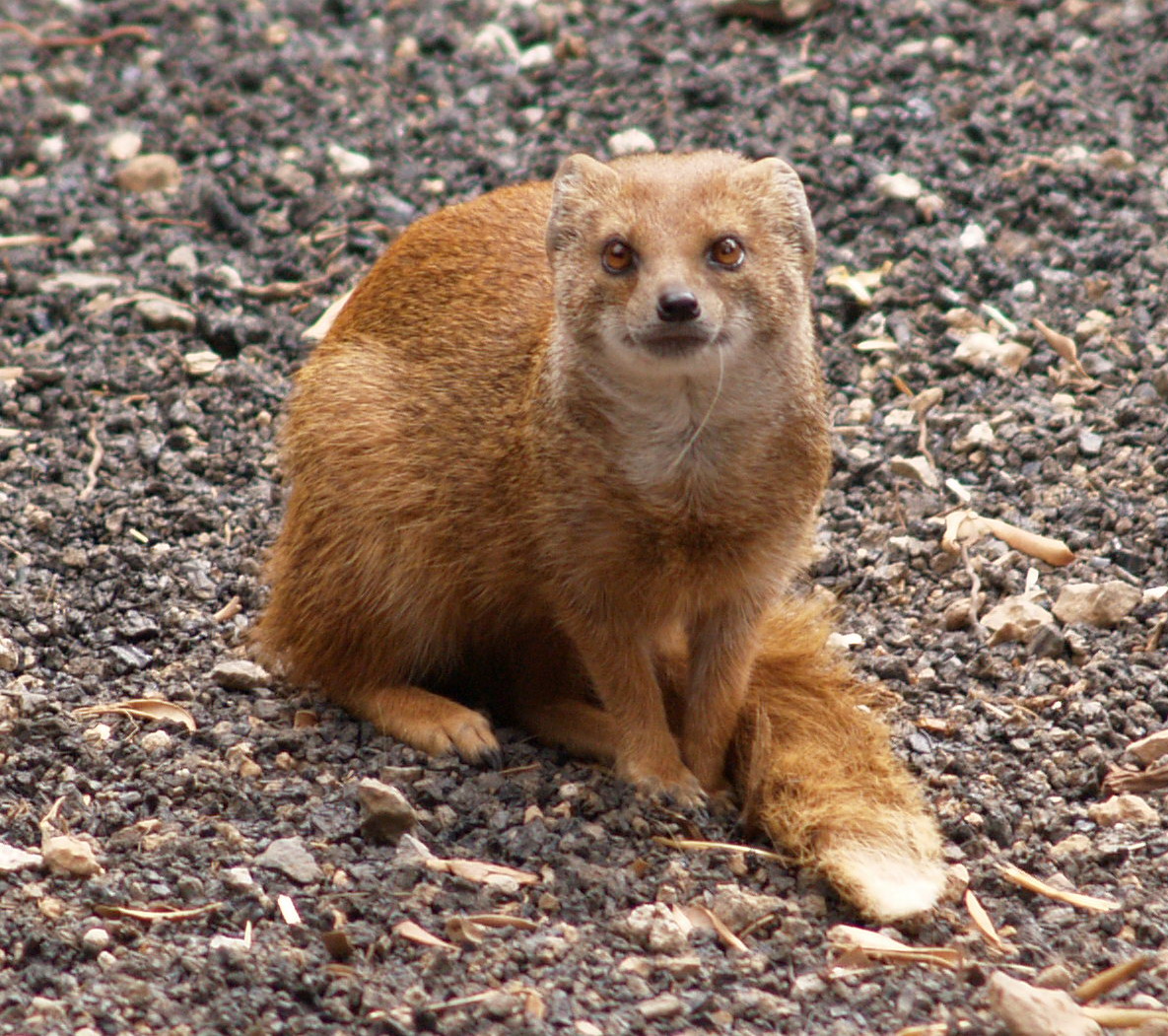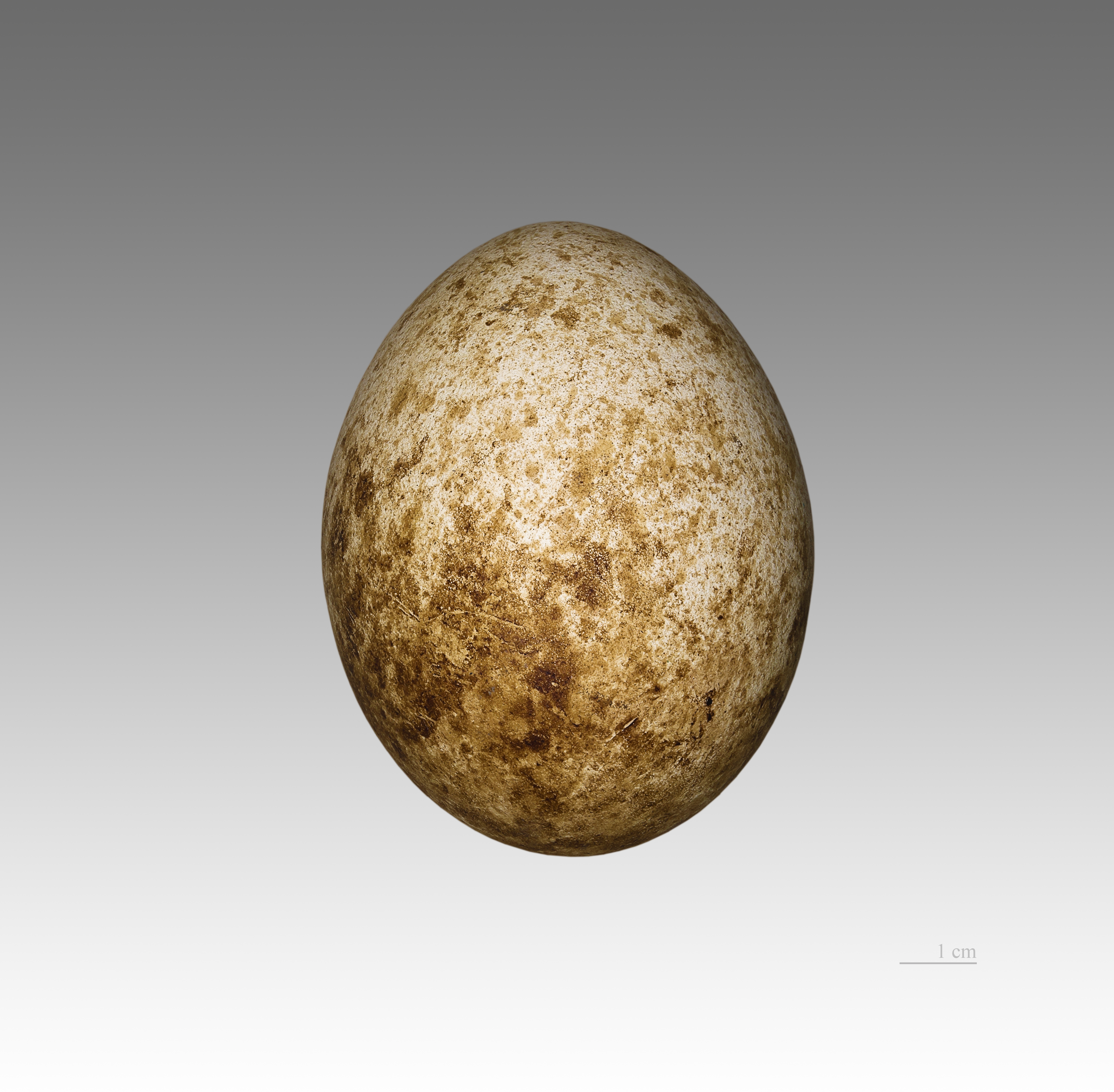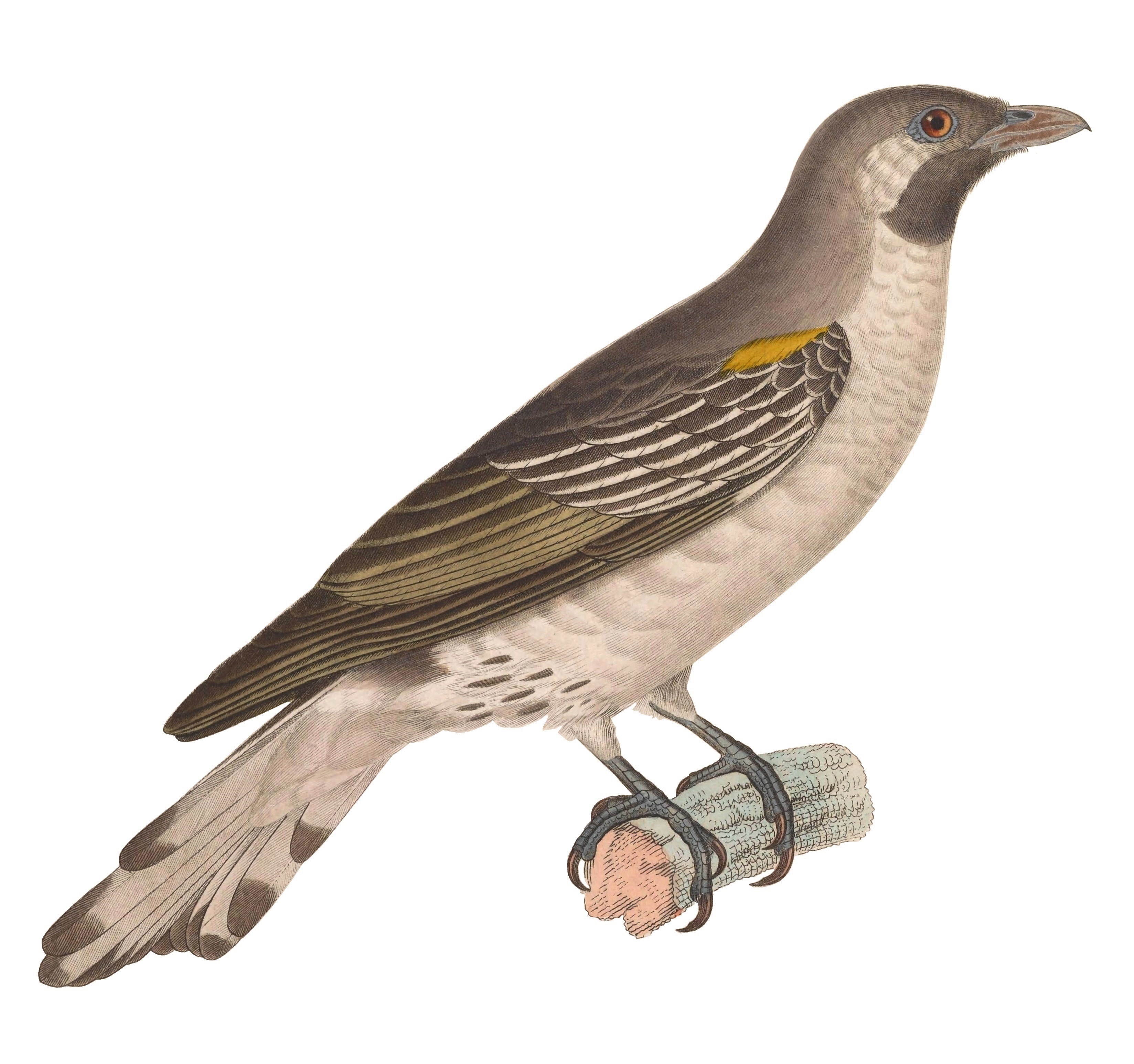|
Bijilo Forest Park
Bijilo Forest Park, often known as Monkey Park, is a forest park in the Gambia, lying in the coastal zone about 11 km west of Banjul the Kombo Saint Mary District. History The species rich Bijilo Forest Park is a fenced woodland which was gazetted in 1952 and covers an area of 51.3 hectares situated on the coast just south of the Senegambia area of Kololi. The park consists of mainly of closed canopy forest with a significant number of '' Borassus aethiopum'' palms. The park was opened to the public in 1991 and now receives over 23,000 visitors per year. The park lost part of its reserve status in 2018 during the construction of Sir Dawda Kairaba Jawara International Conference Center. Facilities There is a 4.5 km nature trail in the park Park that takes visitors through the varied habitats of forest, coastal scrubland and sand dunes. There is also a 'straight' footpath which cuts through the scrub and forest close to the beach, often referred to as the 'ornithologi ... [...More Info...] [...Related Items...] OR: [Wikipedia] [Google] [Baidu] |
Western Division (The Gambia)
West Coast Region, originally the Western Division, also known as Foni or Fonyi, was one of the five administrative divisions of the Gambia. Its capital was Brikama. It was subsequently reorganised as the Brikama Local Government Area (LGA), without any change in the area covered. Per 2013 census, the region had a population of 699,704 with a population density of 397. The total number of households was 45,396 as of 2003. As of 2003, the total area of the region is 1764.3 km2. The infant mortality rate was 71 for every thousand births and the under-five mortality was 93 per every thousand births. The poverty gap ratio was 22.4 per cent and literacy rate was 69.7 per cent as of 2003. Geography The Gambia is the smallest country in Africa and the width of the strip-like structure never exceeds . It is bordered by the Atlantic Ocean to the west, and otherwise surrounded by Senegal. The Gambia River flows throughout the country and is the principal source of water and a transp ... [...More Info...] [...Related Items...] OR: [Wikipedia] [Google] [Baidu] |
Mongoose
A mongoose is a small terrestrial carnivorous mammal belonging to the family Herpestidae. This family is currently split into two subfamilies, the Herpestinae and the Mungotinae. The Herpestinae comprises 23 living species that are native to southern Europe, Africa and Asia, whereas the Mungotinae comprises 11 species native to Africa. The Herpestidae originated about in the Early Miocene and genetically diverged into two main genetic lineages between 19.1 and . Etymology The English word "mongoose" used to be spelled "mungoose" in the 18th and 19th centuries. The name is derived from names used in India for ''Herpestes'' species: or in classical Hindi; in Marathi; in Telugu; , and in Kannada. The form of the English name (since 1698) was altered to its "-goose" ending by folk etymology. The plural form is "mongooses". Characteristics Mongooses have long faces and bodies, small, rounded ears, short legs, and long, tapering tails. Most are brindled or grizzly; a few h ... [...More Info...] [...Related Items...] OR: [Wikipedia] [Google] [Baidu] |
Osprey
The osprey (''Pandion haliaetus''), , also called sea hawk, river hawk, and fish hawk, is a diurnal, fish-eating bird of prey with a cosmopolitan range. It is a large raptor reaching more than in length and across the wings. It is brown on the upperparts and predominantly greyish on the head and underparts. The osprey tolerates a wide variety of habitats, nesting in any location near a body of water providing an adequate food supply. It is found on all continents except Antarctica, although in South America it occurs only as a non-breeding migrant. As its other common names suggest, the osprey's diet consists almost exclusively of fish. It possesses specialised physical characteristics and exhibits unique behaviour to assist in hunting and catching prey. As a result of these unique characteristics, it has been given its own taxonomic genus, ''Pandion'', and family, Pandionidae. Taxonomy The osprey was described by Carl Linnaeus under the name ''Falco haliaeetus'' in his ... [...More Info...] [...Related Items...] OR: [Wikipedia] [Google] [Baidu] |
Caspian Tern
The Caspian tern (''Hydroprogne caspia'') is a species of tern, with a subcosmopolitan but scattered distribution. Despite its extensive range, it is monotypic of its genus, and has no accepted subspecies. The genus name is from Ancient Greek ''hudros'', "water", and Latin ''progne'', "swallow". The specific ''caspia'' is from Latin and, like the English name, refers to the Caspian Sea. Description It is the world's largest tern with a length of , a wingspan of and a weight of . Adult birds have black legs, and a long thick red-orange bill with a small black tip. They have a white head with a black cap and white neck, belly, and tail. The upper wings and back are pale grey; the underwings are pale with dark primary feathers. In-flight, the tail is less forked than other terns, and wingtips are black on the underside. In winter, the black cap is still present (unlike many other terns), but with some white streaking on the forehead. The call is a loud heron-like croak. Distribu ... [...More Info...] [...Related Items...] OR: [Wikipedia] [Google] [Baidu] |
Long-tailed Nightjar
The long-tailed nightjar (''Caprimulgus climacurus'') is a species of nightjar in the family Caprimulgidae. It is found in multiple African countries including Angola, Benin, Burkina Faso, Cameroon, Central African Republic, Chad, Republic of the Congo, Democratic Republic of the Congo, Ivory Coast, Eritrea, Ethiopia, Gabon, Gambia, Ghana, Guinea, Guinea-Bissau, Kenya, Liberia, Mali, Mauritania, Niger, Nigeria, Senegal, Sierra Leone, Sudan, Tanzania, Togo and Uganda }), is a landlocked country in East Africa. The country is bordered to the east by Kenya, to the north by South Sudan, to the west by the Democratic Republic of the Congo, to the south-west by Rwanda, and to the south by Tanzania. The sou ... . It is favoured habitat on the ground where litters of trees, weeds and bushes providing suitable condition matching with its colour. References long-tailed nightjar Birds of Sub-Saharan Africa long-tailed nightjar Taxa named by Louis Jean Pierre ... [...More Info...] [...Related Items...] OR: [Wikipedia] [Google] [Baidu] |
Palm-nut Vulture
The palm-nut vulture (''Gypohierax angolensis'') or vulturine fish eagle, is a large bird of prey in the family Accipitridae (which also includes many other diurnal raptors such as kites, buzzards and harriers, vultures, and eagles). It is the only member of the genus ''Gypohierax''. This bird is an Old World vulture (only distantly related to the New World vultures, which are in a separate family, the Cathartidae). It breeds in forest and savannah across sub-Saharan Africa, usually near water, its range coinciding with that of the oil and Raffia palms. It is quite approachable, like many African vultures, and can be seen near habitation, even on large hotel lawns in the tourist areas of countries such as the Gambia. Taxonomy The palm-nut vulture was formally described in 1788 by the German naturalist Johann Friedrich Gmelin in his revised and expanded edition of Carl Linnaeus's ''Systema Naturae''. He placed it with the eagles, hawks and falcons in the genus '' Falco'' and co ... [...More Info...] [...Related Items...] OR: [Wikipedia] [Google] [Baidu] |
Oriole Warbler
The oriole warbler (''Hypergerus atriceps'') is a large warbler in the family Cisticolidae, and the only member of the genus ''Hypergerus''. This bird is a resident breeder in west Africa from southern Senegal to Cameroon. This skulking passerine is typically found in dense thickets usually near water. The oriole warbler builds a large untidy nest suspended from palm leaves. These 20-cm long warblers have a long tail, strong legs and a long black bill. At a weight of around the oriole warbler may be the largest of the species-rich Cisticolidae family. Adults are light olive above, yellow below and have a black hood. The species' name refers to their resemblance to the unrelated but similarly black and yellow orioles. The sexes are similar, but juveniles are duller. Like most warblers, the oriole warbler is insectivorous. The song is a loud whistled duetted ''toooo-ooo-eee-oooo, oooo-ooo-eee-oooo''. The male always leads the duet and the female answers, though this is done in ... [...More Info...] [...Related Items...] OR: [Wikipedia] [Google] [Baidu] |
Bearded Barbet
The bearded barbet (''Lybius dubius'') is an African barbet. Barbets are near passerine birds with a worldwide tropical distribution, although New World and Old World barbets are placed in different families. The barbets get their name from the bristles which fringe their heavy bills. The bearded barbet is a common resident breeder in tropical west Africa. It is an arboreal species of gardens and wooded country which eats fruit, although the young are fed on insects. It nests in a tree hole, laying 2 white eggs. This is a conspicuous, large barbet at . It is fairly plump, with a short neck, large head and a shortish tail. The adult has a black crown, back, tail and breast band. The throat and belly are red and there is a yellow eye patch. The rump is white. The massive bill is very thick and yellow, and the well developed clump of bristles at its base give the species its name. Sexes are similar. The call is a growling . The bearded barbet is found in well-wooded areas with plent ... [...More Info...] [...Related Items...] OR: [Wikipedia] [Google] [Baidu] |
Greater Honeyguide
The greater honeyguide (''Indicator indicator'') is a bird in the family Indicatoridae, paleotropical near passerine birds related to the woodpeckers. Its English and scientific names refer to its habit of guiding people to bee colonies. Claims that it also guides non-human animals are disputed. The greater honeyguide is a resident breeder in sub-Saharan Africa. It is found in a variety of habitats that have trees, especially dry open woodland, but not in the West African jungle. Description The greater honeyguide is about 20 cm long and weighs about 50 g. Like all African honeyguides, it has bold white patches on the sides of the tail. The male has dark grey-brown upperparts and white underparts, with a black throat. The wings are streaked whitish, and there is a yellow shoulder patch. The bill is pink. The female is duller and lacks the black throat. Her bill is blackish. Immature birds are very distinctive, having olive-brown upperparts with a white rump and yellow th ... [...More Info...] [...Related Items...] OR: [Wikipedia] [Google] [Baidu] |
Red-billed Hornbill
The red-billed hornbills are a group of hornbills found in the savannas and woodlands of sub-Saharan Africa. They are now usually split into five species, the northern red-billed hornbill (''Tockus erythrorhynchus''), western red-billed hornbill (''T. kempi''), Tanzanian red-billed hornbill (''T. ruahae''), southern red-billed hornbill (''T. rufirostris'') and Damara red-billed hornbill (''T. damarensis''), but some authorities consider the latter four all subspecies of ''Tockus erythrorhynchus''. Description This group of conspicuous birds have mainly whitish underparts and head, grey upperparts, long tails, and a long curved red bill which lacks a casque. The sexes are similar, but the female has a smaller bill. They are generally large, at long, but the entire group is considered one of the smaller hornbills. Behaviour Breeding During incubation, the female lays three to six white eggs in a tree hole that has been converted to a nest, which is blocked off with a plaster of ... [...More Info...] [...Related Items...] OR: [Wikipedia] [Google] [Baidu] |
Chlorocebus Sabaeus 0068
''Chlorocebus'' is a genus of medium-sized primates from the family of Old World monkeys. Six species are currently recognized, although some people classify them all as a single species with numerous subspecies. Either way, they make up the entirety of the genus ''Chlorocebus''. Confusingly, the terms "vervet monkey" and "green monkey" are sometimes used to refer to the whole genus ''Chlorocebus'', though they also refer more precisely to species ''Chlorocebus pygerythrus'' and ''Chlorocebus sabaeus'', respectively, neither of which is the type species for ''Chlorocebus''. This article uses the term ''Chlorocebus'' consistently for the genus and the common names only for the species. The native range of these monkeys is sub-Saharan Africa from Senegal and Ethiopia south to South Africa. However, in previous centuries, a number of them were taken as pets by early Caribbean settlers and slave traders, and were transported across the Atlantic Ocean to the Caribbean islands. The ... [...More Info...] [...Related Items...] OR: [Wikipedia] [Google] [Baidu] |





